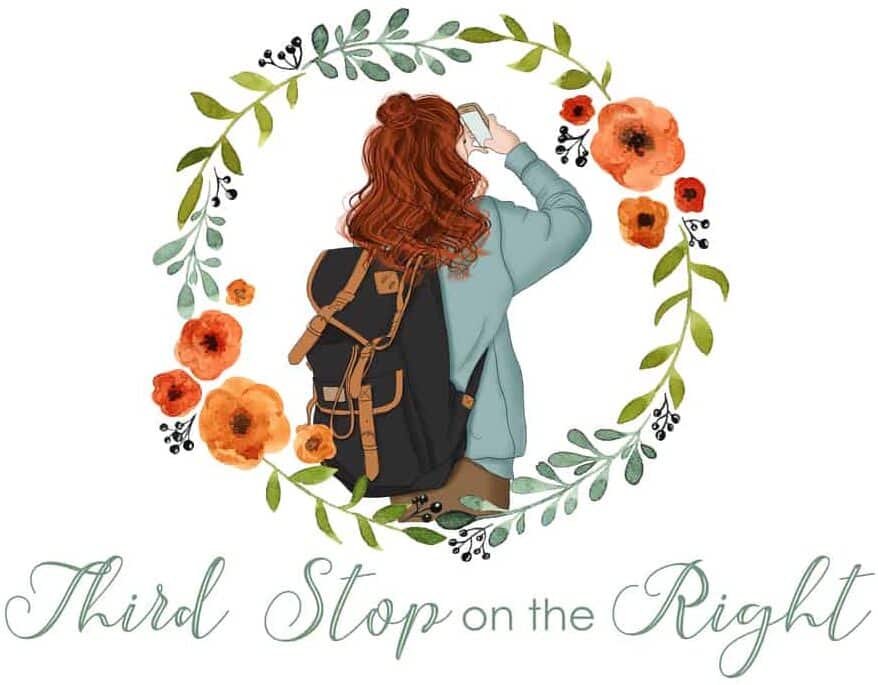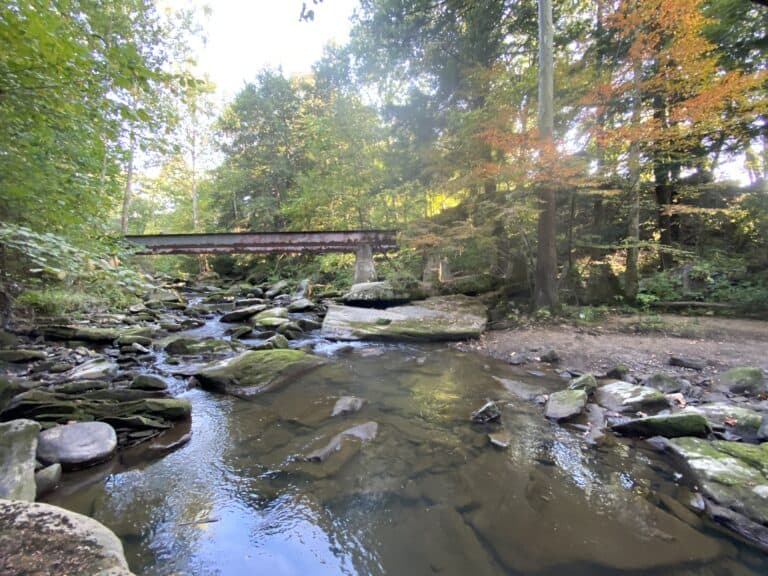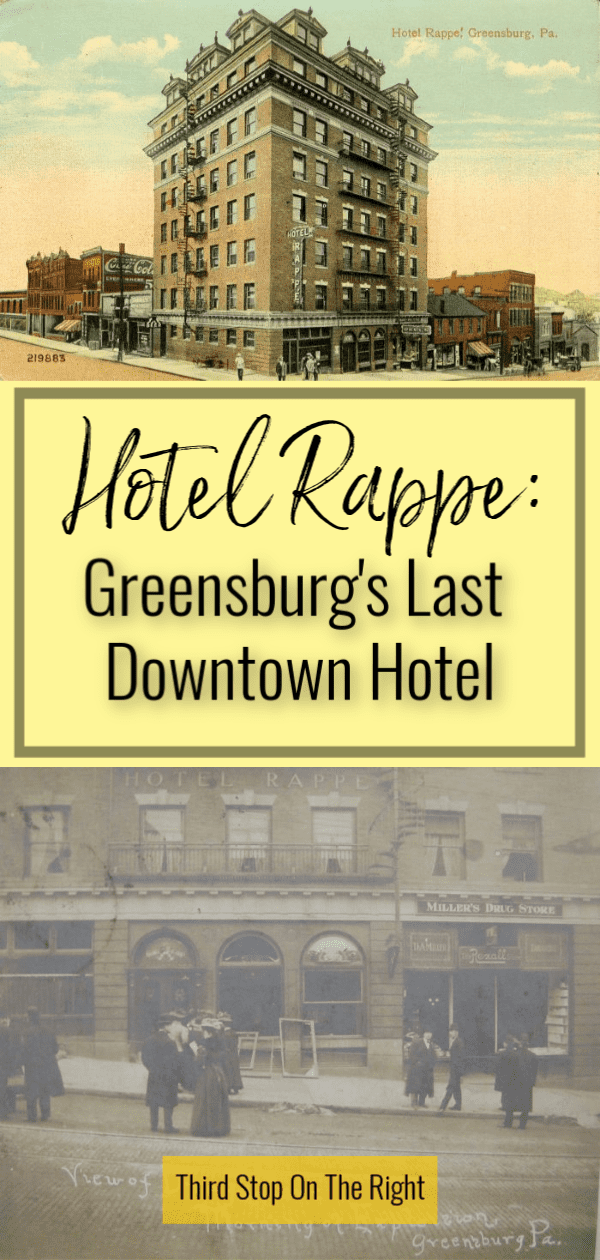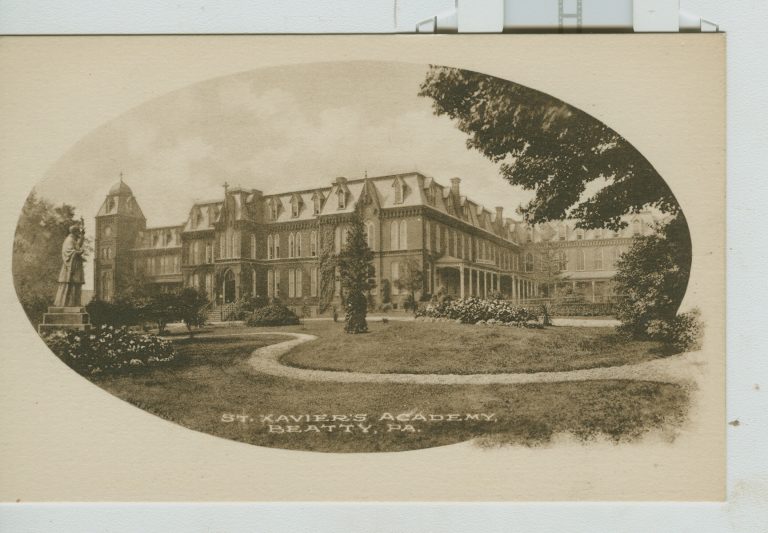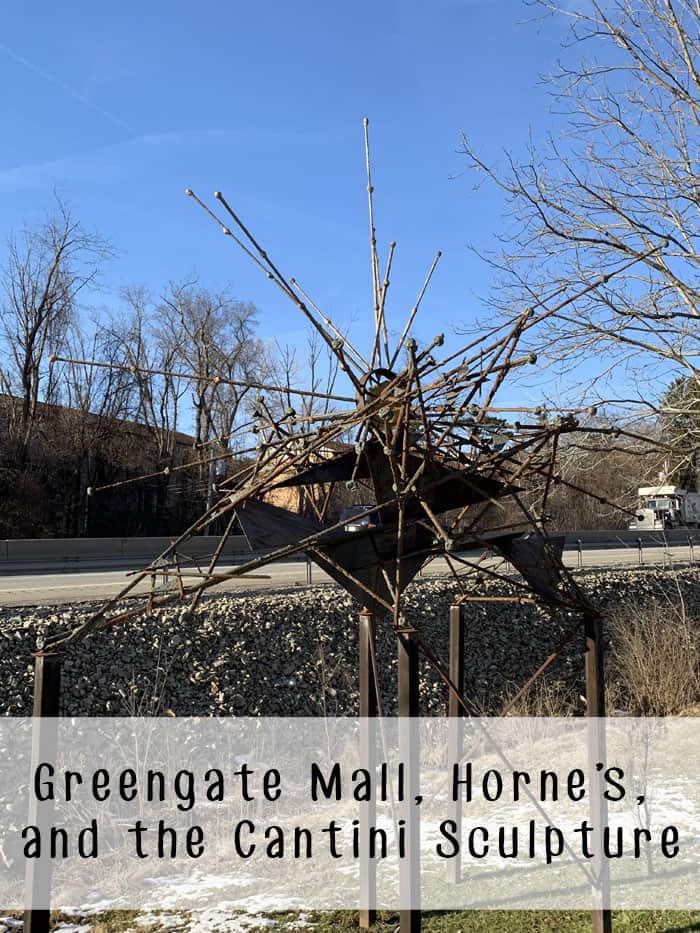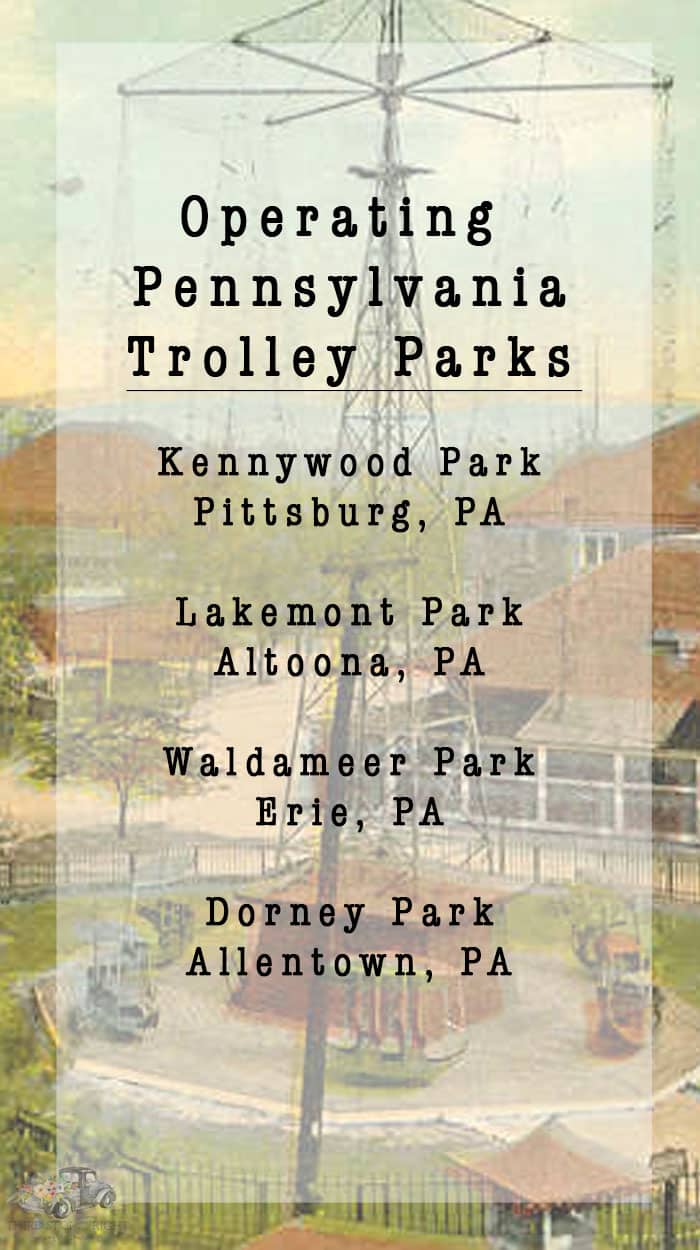Located just outside of Philadelphia, the abandoned Mount Moriah Cemetery is little-by-little being reclaimed by nature. In fact, at first glance, you might think it the set of some sort of movie instead of the final resting place of thousands of Philadelphians.
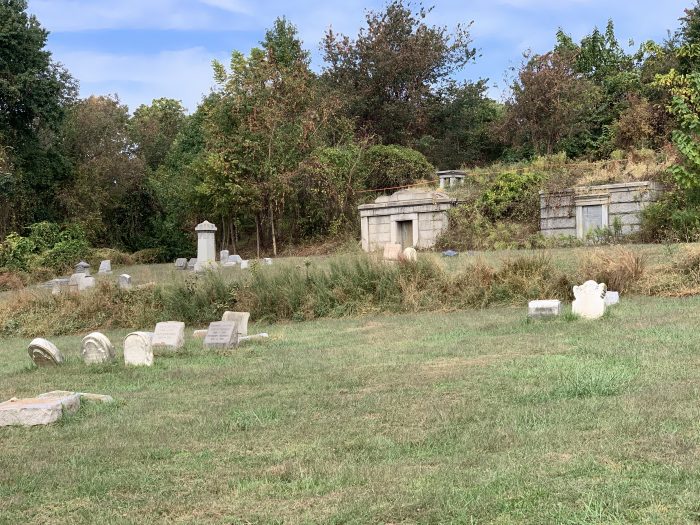
What is unique about this cemetery is not just its storied history as once being the crown jewel of Pennsylvania’s rural cemetery movement, but also its epic fall into ruin, now being without owners, without money for unkept, and largely forgotten.
The Odd History of Mount Moriah Cemetery
Incorporated in 1855, Mount Moriah began with 54 acres and eventually expanded into over 200 acres. Designed in the style of Philadelphia’s Laurel Hill Cemetery, Mount Moriah was the largest privately owned, non-sectarian cemetery in Pennsylvania at the time. An imposing brownstone gatehouse with twin towers was designed by Stephan Decatur Button and installed at the entrance.
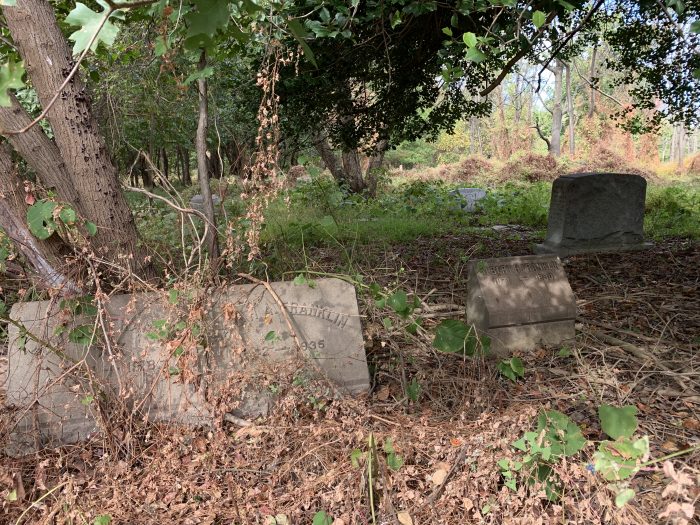
The cemetery thrived for years, becoming the final resting place for over 150,000 Philadelphians, including Medal of Honor winners and the creator of the first American flag, Betsy Ross.
The success didn’t last, and by 2000 the cemetery was showing signs of neglect. In 2004 the last known member of the Mount Moriah Cemetery Association died, leaving the cemetery without a known owner. In 2011, the gates were closed for good.
Friends of Mount Moriah Cemetery Step In
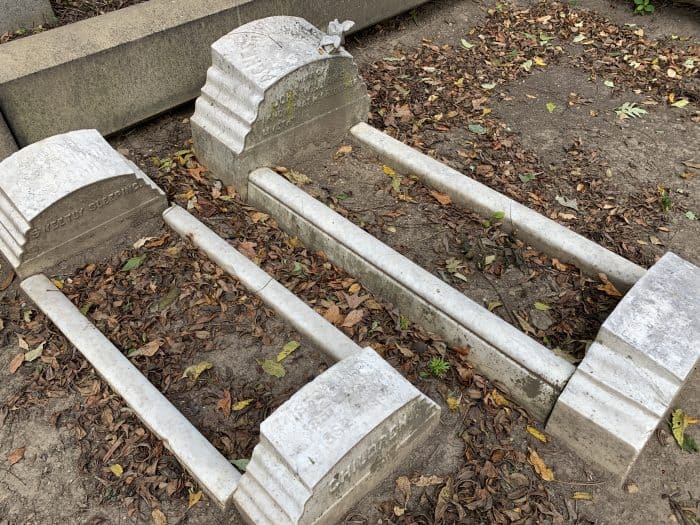
On our way out of the city after a recent trip to Philadelphia I convinced Ryan and the boys to take a short detour to the cemetery to check it out. The cemetery is only accessible due to the efforts of the community group, Friends of Mount Moriah. This all-volunteer group works to clear weeds and overgrowth, create pathways, repair damaged headstones, and mow the grass.
Some of the cemetery roads are passable and the gates are open during the day so you can actually drive in. Not all of the areas are accessible by car, so if you want to do any exploring you are going to have to do it on foot.
Visiting Mount Moriah Cemetery
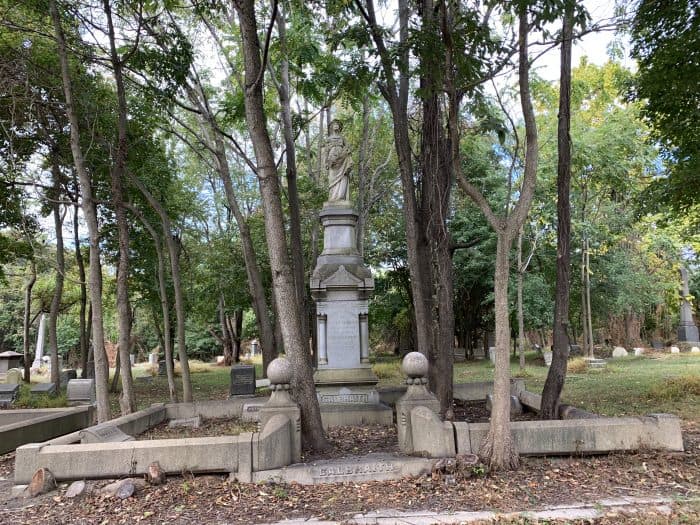
Friends of Mount Moriah have cleared about 50% of the cemetery but many parts still remain very overgrown. The cemetery contains two separate military burial plots, with graves dating to the Civil War, which are maintained by the Department of Veterans Affairs. Friends of Mount Moriah has a really useful map which will help you determine what parts of the cemetery are accessible and which are not.
Seeing the cemetery in person is rather surreal. While the state of many of the graves is incredibly sad, there’s something peaceful and serene about the scene of Mother Nature reclaiming its own. It sort of reminds me of the Unitarian Cemetaries of down South.
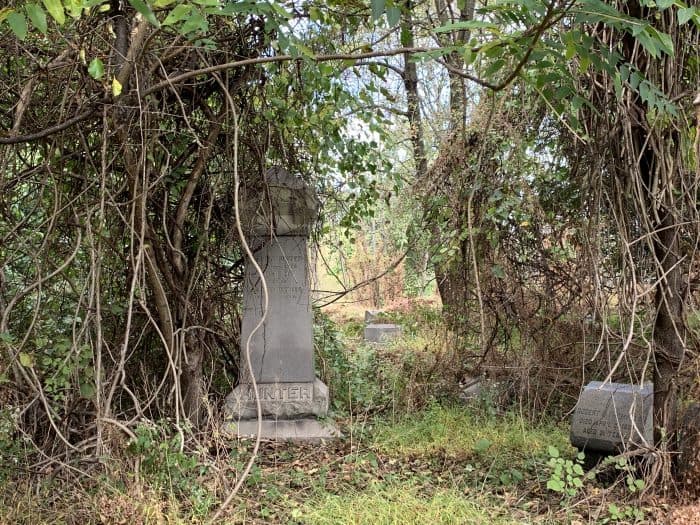
While many headstones are still toppled, covered with vegetation, or sinking into the ground, it is still obvious that this was once a very stately cemetery filled with some of Philadelphia’s elite.
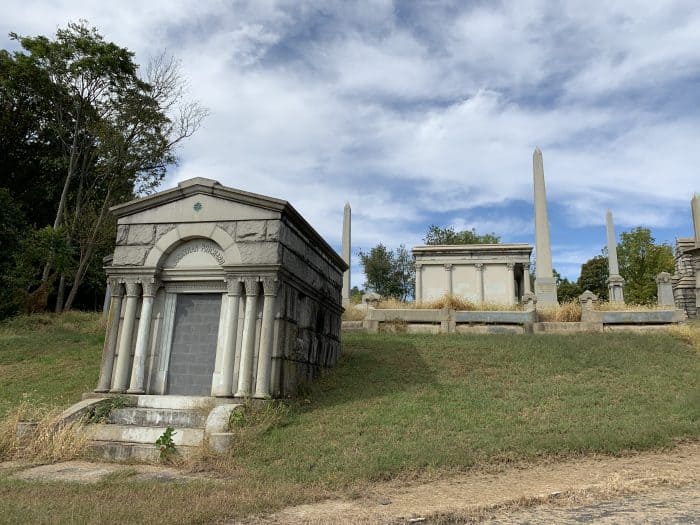
One of my favorite sections is actually in a part of the cemetery which is bisected by Cobbs Creek Parkway. It’s been nicknamed Mausoleum Hill because of the several large crypts overlooking the rest of the cemetery.
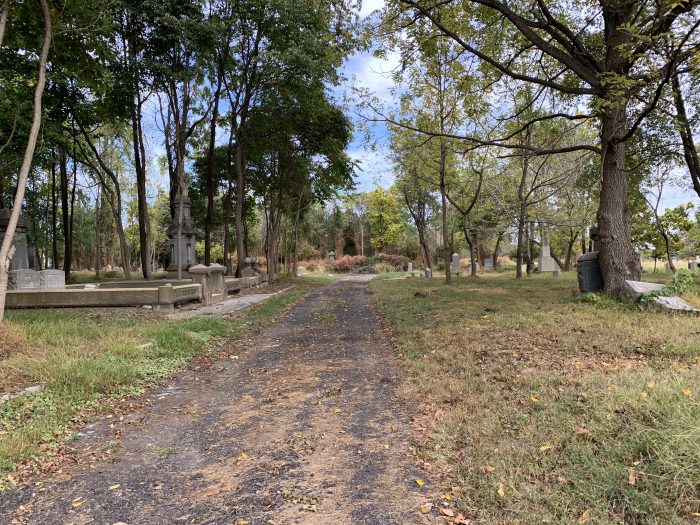
We traveled a little beyond Mausoleum Hill where the road ended up becoming impassable. Here was obviously one of the sections volunteers had not yet gotten to. Vines and tall grasses appeared to swallow headstones whole and some headstones were so far in the underbrush I couldn’t even get to them.
The Betsy Ross Grave
Probably the most famouse Philadelphian buried in Mount Moriah Cemetary was the creator of the nation’s first flag, Betsy Ross. Upon Betsy’s death 1836 she and her husband John Claypoole were buried in a family section at Mount Moriah. In 1923 the Patriotic Order Sons of America placed a granite marker at the grave. A flagpole with an American flag also marked the site.
In 1976, in preparation for the nation’s bicentennial, it was decided to relocated Betsy and her husband to a new grave in the courtyard of the Betsy Ross House in the Historic District of Philadelphia.
This part of the story is a bit strange. When Betsy’s grave was opened, they found no bones beneath the headstone. Well, the search area was widened until the first set of female bones was uncovered. It was declared that this must be Betsy so without any further testing the bones were moved to the Betsy Ross House. (The moral of that story is we aren’t 100% sure who is buried at the Betsy Ross House.)
Even though the remains and the granite marker were moved to the Betsy Ross House, you can still visit her original gravesite and family plot in section 51 of Mount Moriah. You can find that cemetery map HERE.
The Old Gatehouse
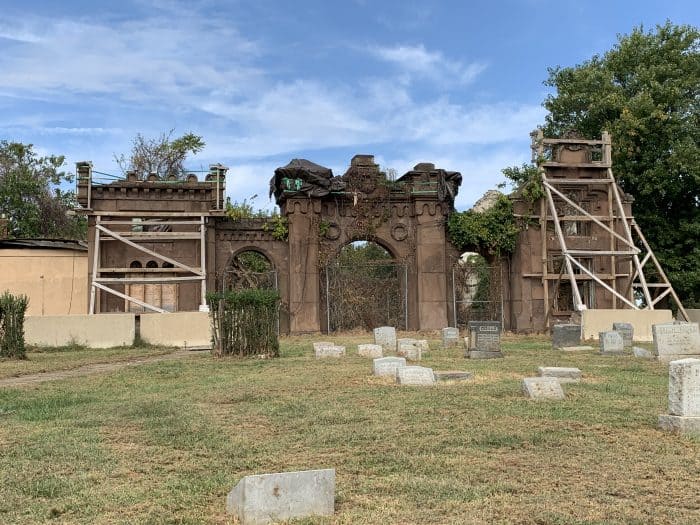
One of the major things that I wanted to see at Mount Moriah was the brownstone gatehouse. As I said before, this gatehouse was built in 1855 by Stephen Button. At one time, a large statue of Father Time stood at the top of the gate, but it was later purchased, removed from the gatehouse, and placed on the grave of John H. Jones, the original owner of Mount Moriah Cemetery.
Sadly, the gatehouse is in very poor condition. After years of neglect and a devastating fire, the gatehouse began to collapse in on itself. Realizing the dire situation, Friends of Mount Moriah secured and stabilized the structure. Hopefully, one day the group will be able to find the funding to be able to restore the gatehouse to its former glory.
The Administration Building
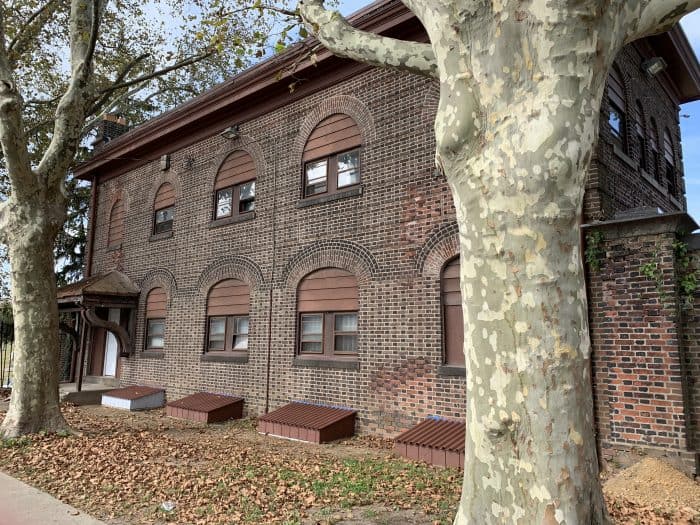
One of the group’s current goals is to save the cemetery’s Administration Building. The building was built in 1907 but was in an advanced state of decay in 2011 when the cemetery officially closed. The roof, gutters, and downspouts had completely deteriorated causing interior water damage, and scrappers stole every pieces of saleable metal.
Friends of Mount Moriah have done a fantastic job of getting a new roof put on the building, new security doors and lights installed, and the foundation stabilized, but they still have a long way to go. If you are as into historic preservation as I am, please consider making a donation to their GoFundMe campaign to help further their preservation efforts on the Administration Building.
If you are in the Philadelphia area and have a bit of free time, I highly recommend a trip to this hidden gem. It is a little bit off the beaten path, but totally worth it. If you happen to also be passionate about preservation, consider making a donation to the Friends of Mount Moriah either for their Administration Building GoFundMe or through their general donation page.
For more information about places to visit in Philadelphia, visit the VisitPhilly.com.
